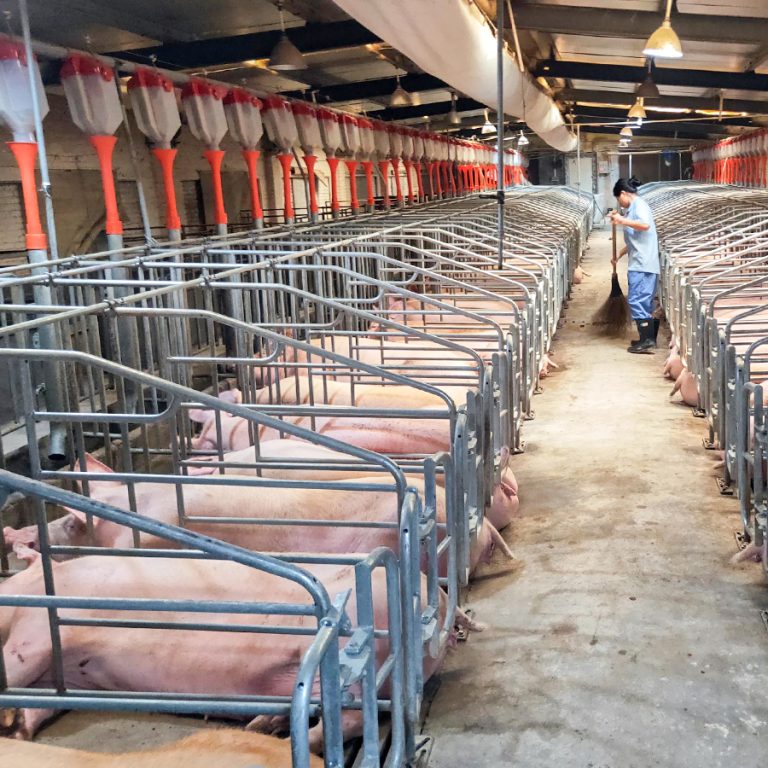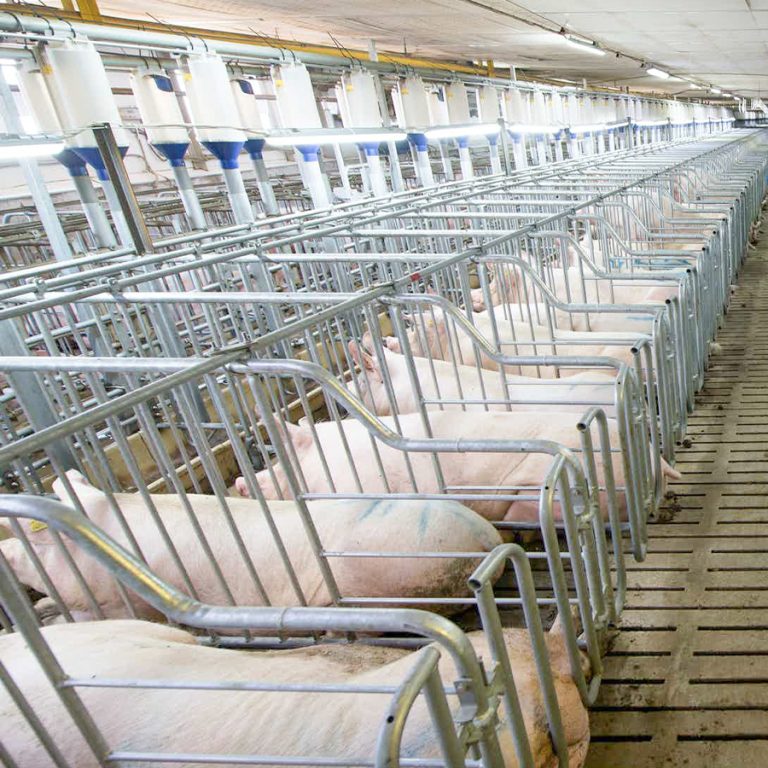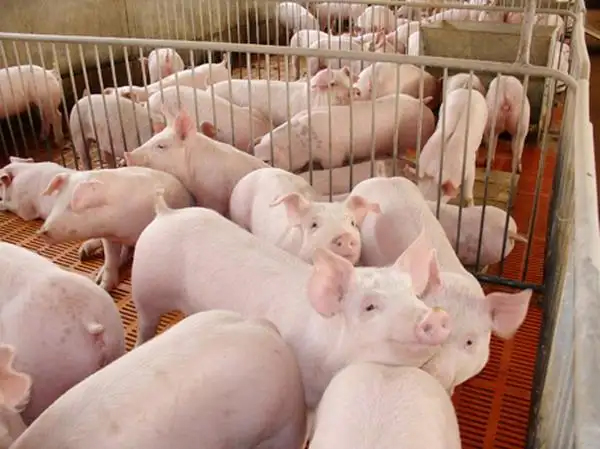In recent years, with the increase in demand for pork, pig farms have gradually tended to develop large-scale breeding. The expansion of breeding scale will inevitably lead to an increase in manure emissions. According to research statistics, a pig farm with an annual output of about 10,000 pigs has a manure emission of more than 30,000 tons. The technical level, financial support and other aspects of small and medium-sized pig farms in some places are not as good as those of large pig farms. The gap makes it easier to ignore the treatment of feces. Feed additive residues, drug residues and some microorganisms contained in manure can cause serious pollution to surrounding water sources and affect the health of residents, livestock and poultry downstream of the water source. Improper treatment of manure will also lead to an increase in mosquitoes and the spread of germs. After the manure is decomposed by microorganisms, a large amount of harmful gases such as ammonia and acetaldehyde will be produced, causing harm to the air and environment around the pig farm. Therefore, on the premise of ensuring breeding efficiency and production level, farmers should properly handle the harmless treatment of manure in pig farms. As my country pays more and more attention to environmental protection and pollution control, various farms have begun to regard manure treatment as the key to their work, striving to turn harmful substances into useful resources that can be reused to achieve the sustainability of the breeding industry. Cyclical development. The article will focus on some key technologies for the harmless treatment of manure in large-scale pig farms, providing theoretical support for the prevention and control of livestock and poultry breeding pollution and environmental protection.
- Pig house design and internal environment control The harmless treatment technology of manure requires not only new technologies, but also the basic work of the pig farm, including pig farm site selection, site construction planning and pig farm environmental control. The location of the pig farm should be as far away from residential areas as possible and located downstream of water sources. The manure treatment area should be kept at a certain distance from the production area, and it is best to be located downwind of the production area. Measures should be taken to prevent infiltration on the ground in the pig house and in the manure treatment area. You can choose concrete floors to prevent the manure liquid from penetrating downward and causing groundwater quality pollution. Set up a sewage ditch. The sewage can flow to the manure treatment area through the sewage ditch. It is necessary to pay attention to the design of the sewage ditch and separate it from the rainwater. The height difference between the floor of the farrowing bed and the nursery pig house and the sewage ditch should be kept at 5 to 6 cm. The height of the sewage ditch should be kept at 3 to 5 cm, so that sewage such as urine can flow smoothly into the sewage ditch. The temperature, humidity and ventilation in the pig house should be reasonably adjusted according to seasonal and weather changes to ensure that the pigs maintain a suitable living environment. You can choose healthy and emission-reducing feed. Compared with high-protein feed and high-phosphorus feed, it can not only ensure the health of the pigs, but also effectively improve the utilization rate of the pig feed, reduce the organic matter components in the excrement, and reduce the risk of feces in the house. The output of harmful gases produced by pollution. The dead pigs should be burned as much as possible to effectively prevent the spread of germs. In addition to the basic management of pig houses, some key technologies for the harmless treatment of manure in large-scale pig farms are also very important for the prevention and control of pollution in livestock and poultry breeding and environmental protection. The texture of pig manure is relatively soft and the composition is relatively complex. It contains fats, crude protein, cellulose, organic acids and inorganic salts, etc. It decomposes relatively slowly, but the substances released after decomposition can be used as nutrients and are suitable for use as base fertilizer. The more popular treatment technologies in recent years include water flushing and dry cleaning technology, pig manure composting technology, biogas production and ectopic fermentation bed treatment technology. The specific measures and key points of these technologies will be elaborated below. Some countries use water flushing technology, using fermentation tanks or fermentation tanks for fermentation before use. Dry cleaning can use the soil layer to ferment pig manure by itself, which is more convenient and cost-saving. Fermented pig manure can be mainly used to return to fields, playing an important role in improving soil and increasing the yield and quality of agricultural products such as fruits and vegetables. Biogas is a new type of energy that can generate electricity and lighting. As a fuel, it can effectively turn waste into treasure.


